12/29/2013 The Battle Begins (Page Two)
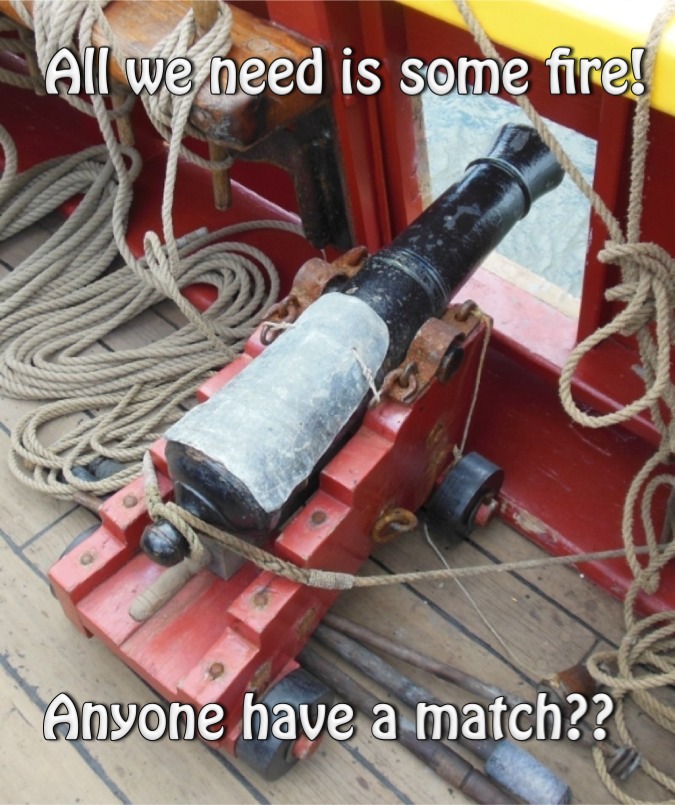
Did You Know? - Since ancient times, war at sea had been fought much like on land: with melee weapons and bows and arrows, but on floating wooden platforms rather than battlefields. Though the introduction of guns was a significant change, it only slowly changed the dynamics of ship-to-ship combat.
The first guns on ships were small wrought-iron pieces mounted on the open decks and in the fighting tops, often requiring only one or two men to handle them. They were designed to injure, kill or simply stun, shock and frighten the enemy prior to boarding.
As guns were made more durable to withstand stronger gunpowder charges, they increased their potential to inflict critical damage to the vessel rather than just their crews. Since these guns were much heavier than the earlier anti-personnel weapons, they had to be placed lower in the ships, and fire from gunports, to avoid ships becoming unstable.

The dang wind keeps blowing the fire out!

Is this going to be noisy???

The Captain looks perplexed
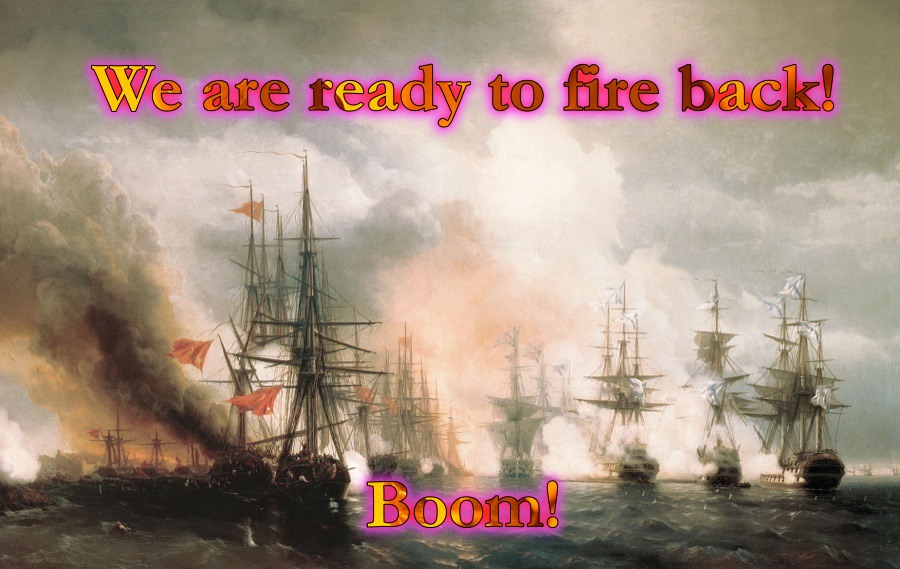

The pirates are sneaking up on us!
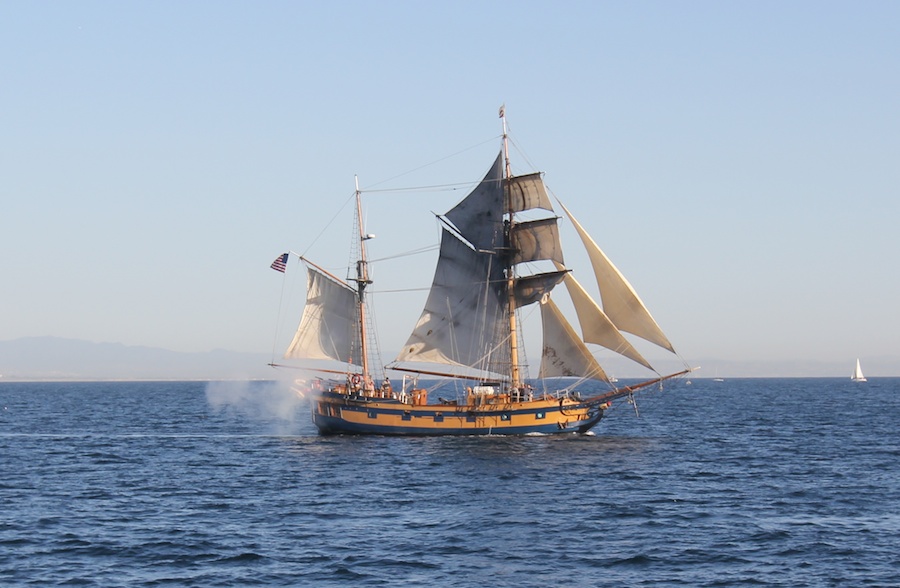
Boom! First blood

Hans get a picture for the evidence

Take that you devil!

 Great target
Great target
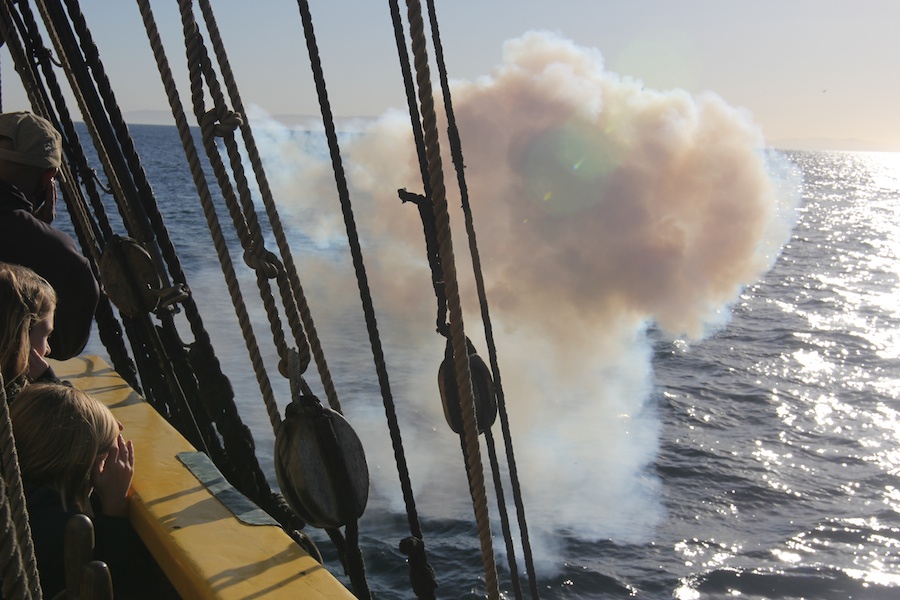 Blam
Blam

It's smoking

She was running from us
 Broadside!
Broadside!

She joined the fight.... Shelled each of us!
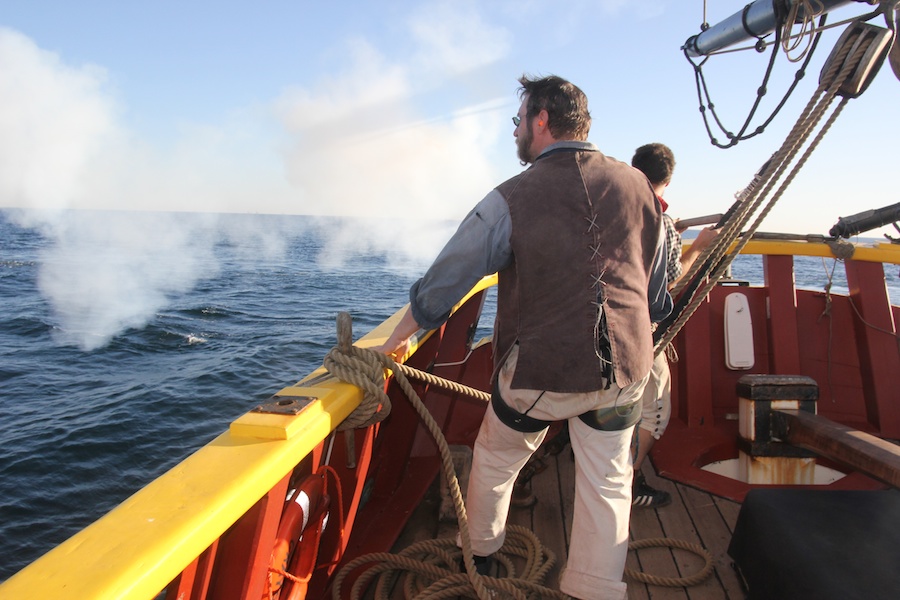
Another gun shot
Did You Know? - First invented in China, cannon were among the earliest forms of gunpowder artillery, and over time replaced siege engines—among other forms of ageing weaponry—on the battlefield. In the Middle East, the first use of the hand cannon is argued to be during the 1260 Battle of Ain Jalut between the Mamluks and Mongols. The first cannon in Europe were probably used in Iberia in the 11th and 12th centuries, and English cannon were first deployed in the Hundred Years' War, at the Battle of Crécy, in 1346.
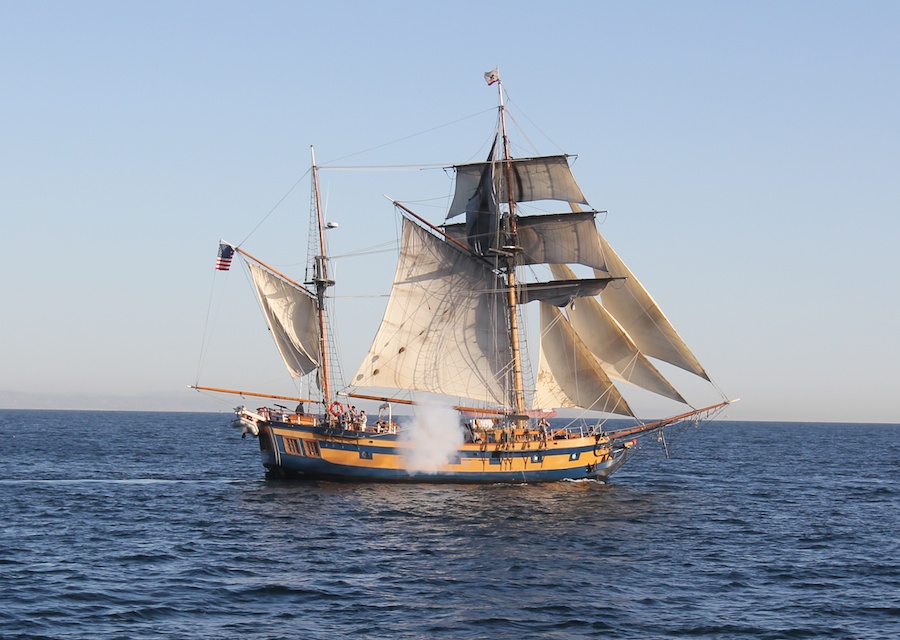
Dang... She will not give up!
Did You Know? - Cannon is derived from the Old Italian word cannone, meaning "large tube", which came from Latin canna, in turn originating from the Greek κάννα (kanna), "reed", and then generalized to mean any hollow tube-like object; cognate with Akkadian term qanu and Hebrew qāneh, meaning "tube" or "reed".
The word has been used to refer to a gun since 1326 in Italy, and 1418 in England. Cannon serves both as the singular and plural of the noun, although in American English the plural cannons is more common.
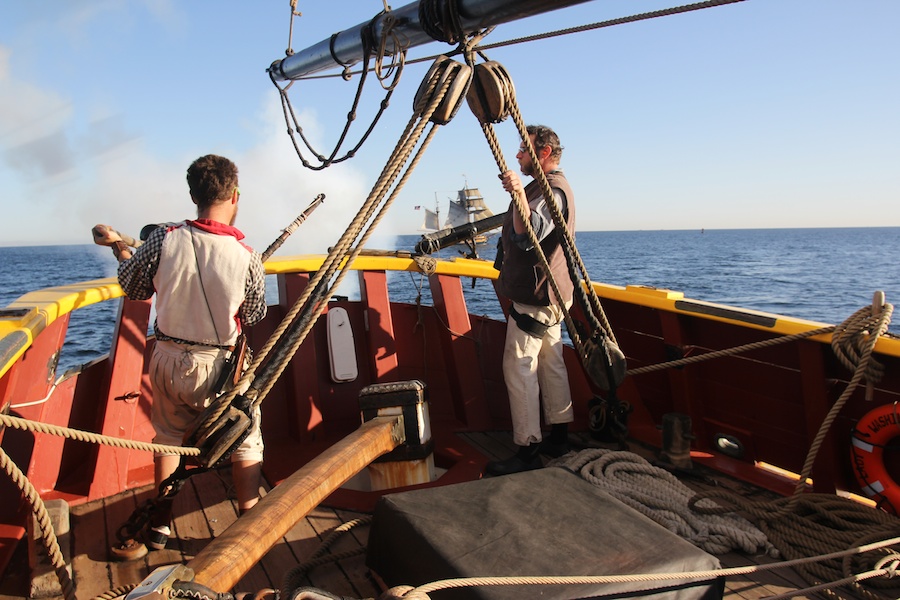
"Take that you devil!"
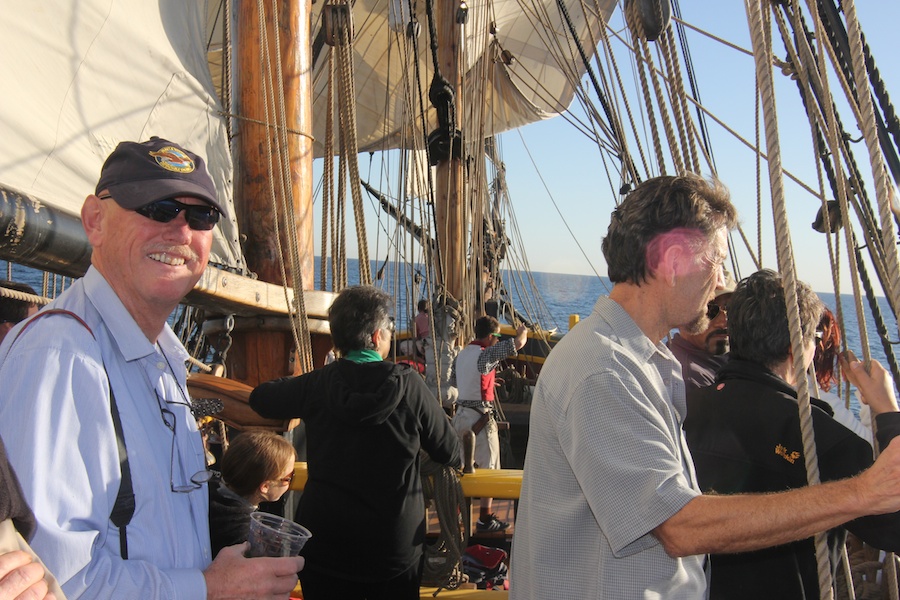
Hans is calling the shots

An amazing vessel
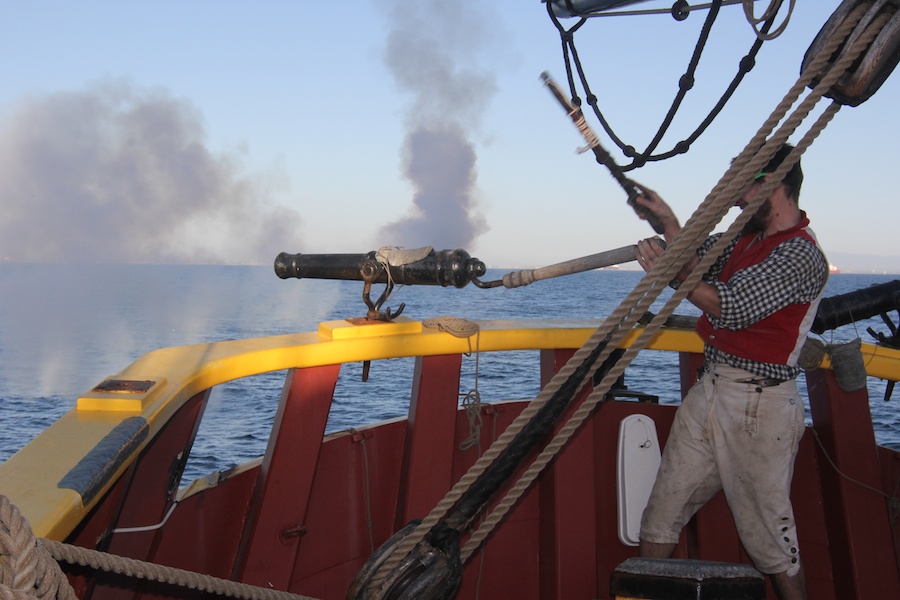
Blam
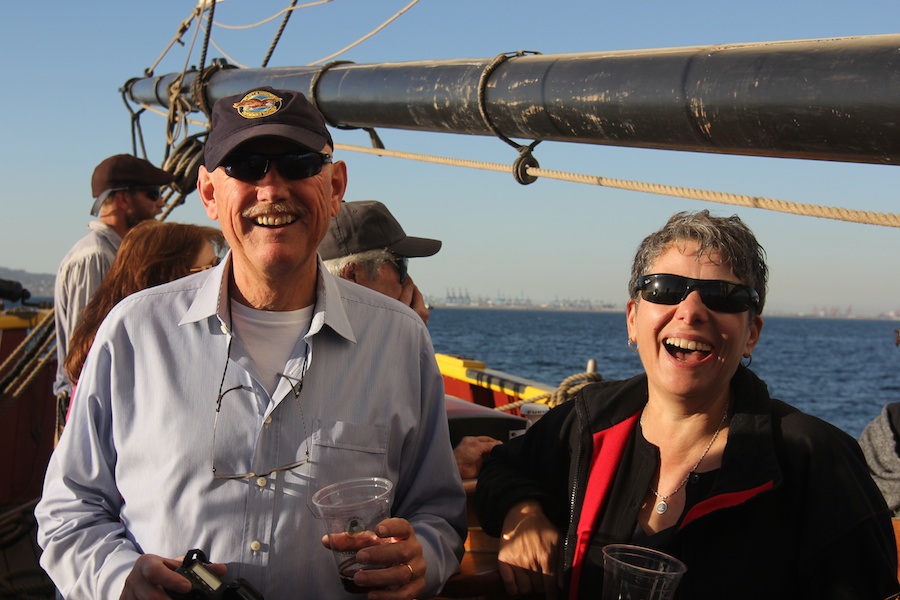
"Hey Paul, I have an Idea!"
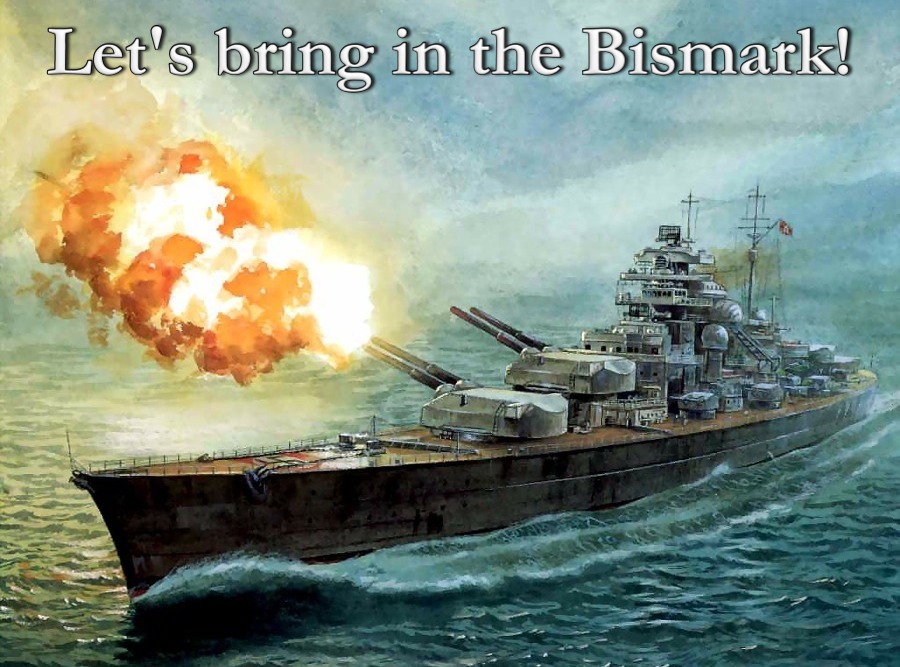
Did You Know? - "Sink the Bismark" (later "Sink the Bismarck") is a novelty song, written by country music singer Johnny Horton and Tillman Franks, based on the pursuit and eventual sinking of the German battleship Bismarck in May 1941, during World War II. Horton released this song in 1960, where it reached #3 on the charts.
As originally released the record label used the common misspelling "Bismark", this was corrected for later releases of the song.
It was inspired by the 1960 movie Sink the Bismarck! and was in fact (with the English producer John Brabourne's approval) commissioned from Johnny Horton by 20th Century Fox who were worried about the subject's relative obscurity. While the song was used in U.S. theater trailers for the film, it was not used in the film itself.

"I likes the boom boom!"

"I know what kind of a cannon we need!"
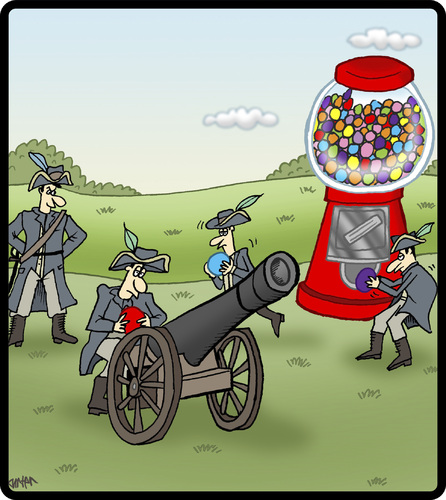

A new kind of ear protection!
Pour wine in the ears and they go to sleep

The sun be setting

"OK... We will get him this time!"

"I saw it... It was a direct hit"
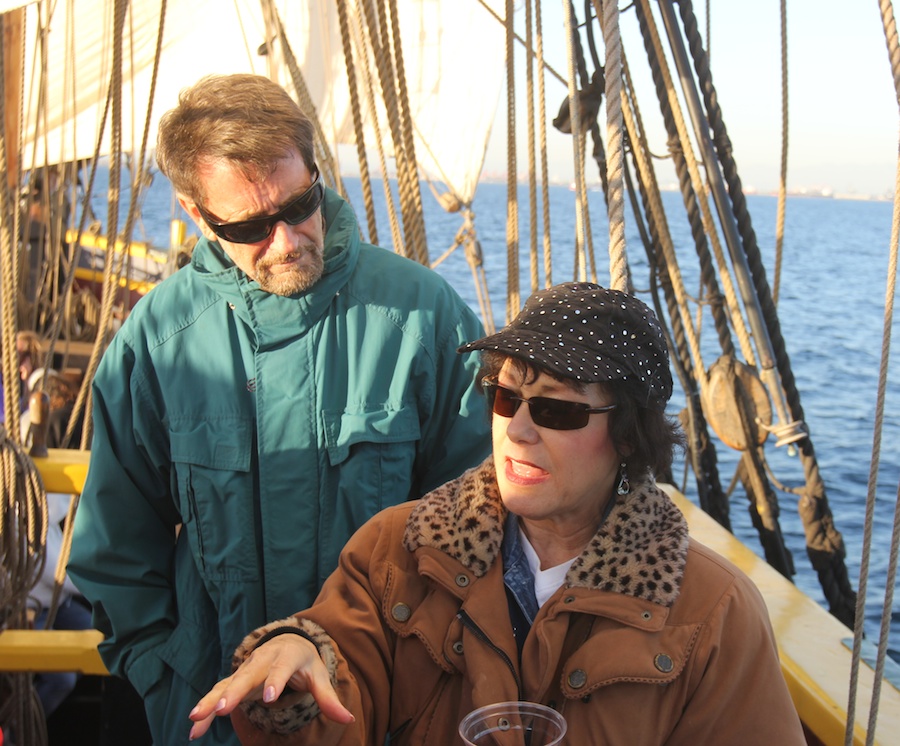
Donna knows the strategy....
Get them in the cross-hairs and blast-em
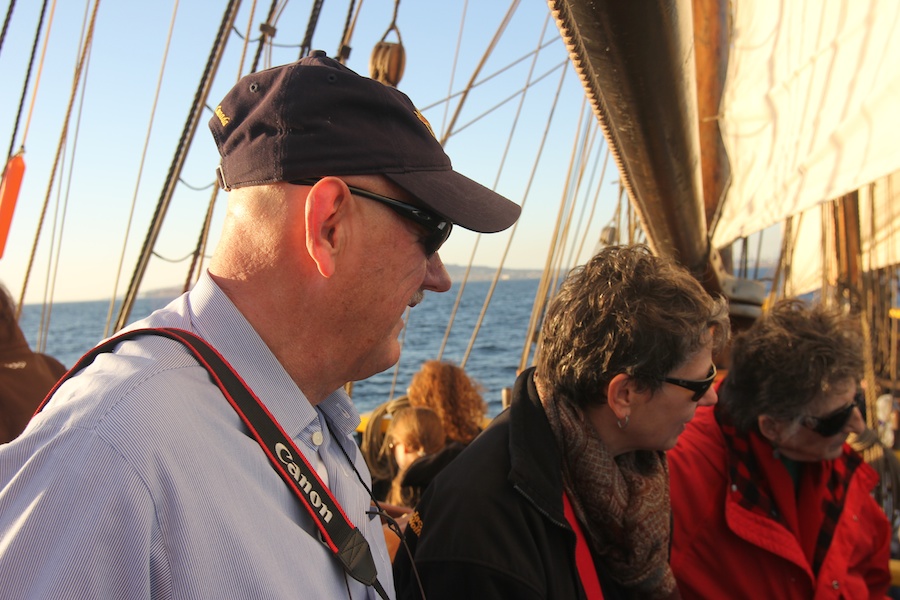
Everyone is on their tippy-toes listening to Donna explain what happened
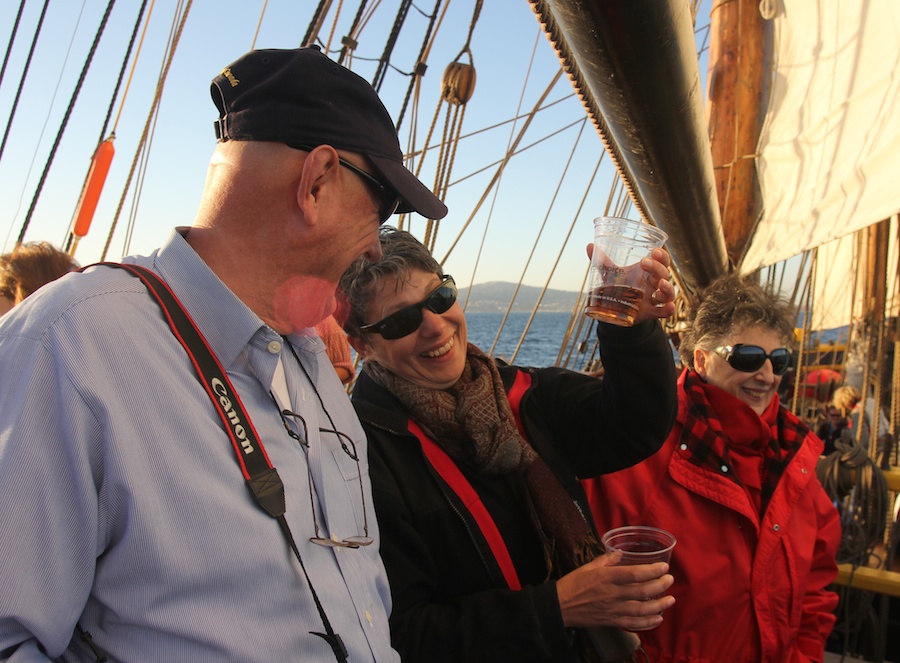
"I'll drink to that!"
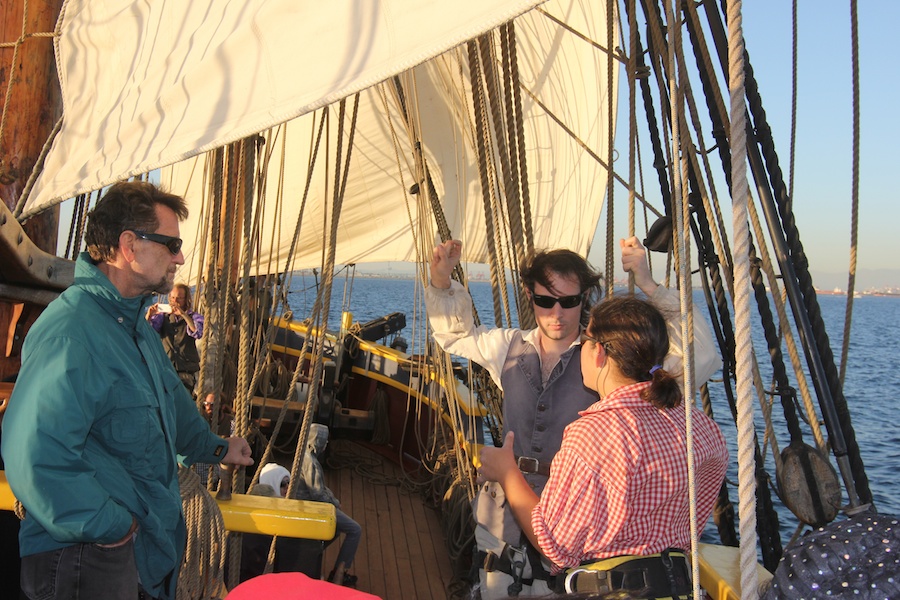
Bob get the first hand scoop from the crew!"
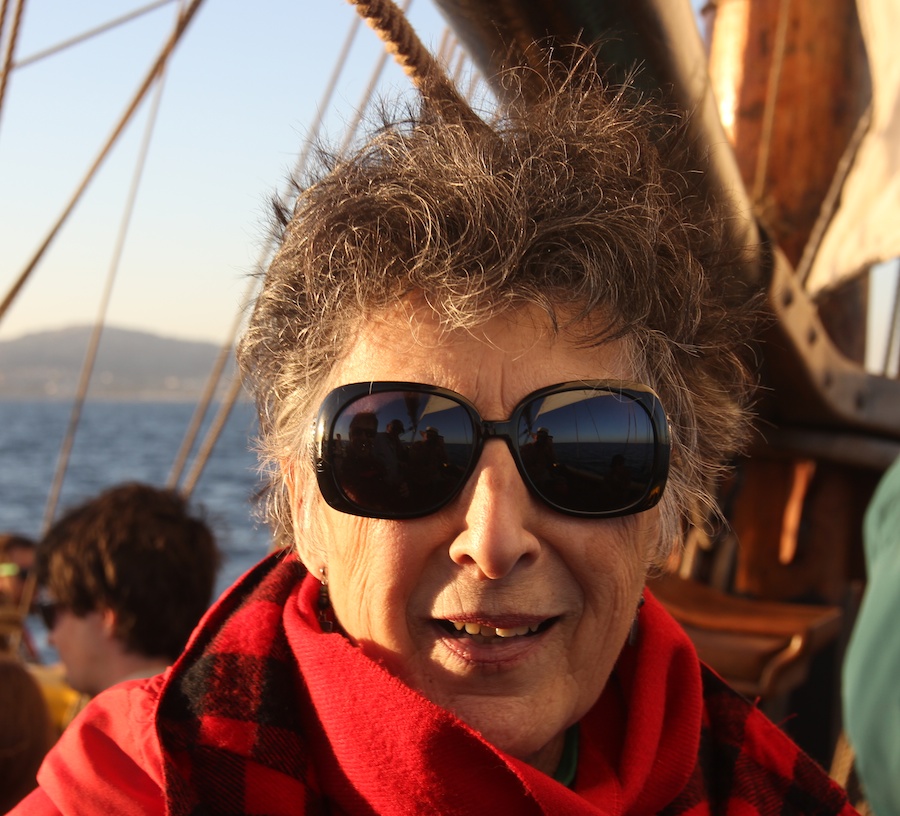
"Do you like my new hair cut?"

"Remember... I am watching you!"
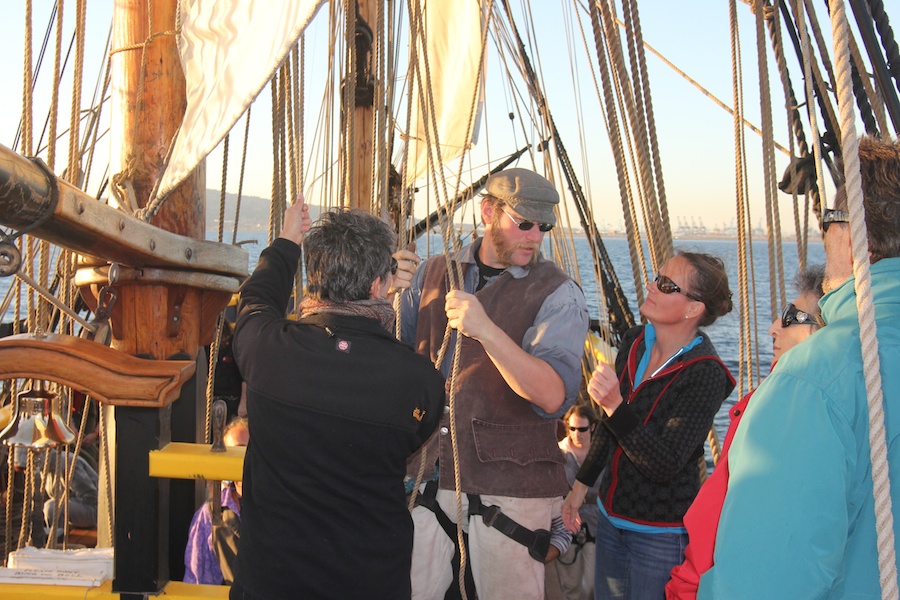
"You want to work???"
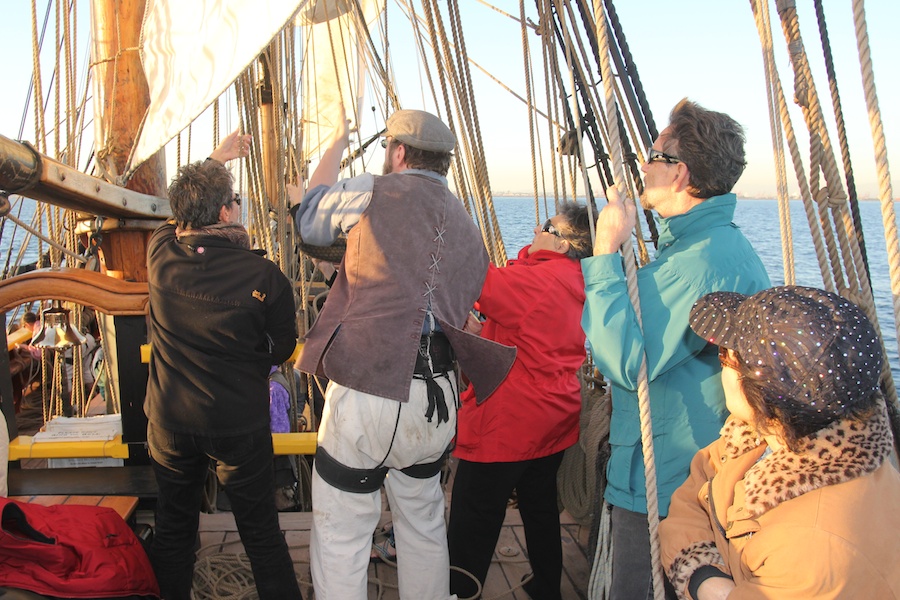
"All you have to do is pull!"

Pull... Yank... Pull... Yank...

Well done!

Clap clap clap
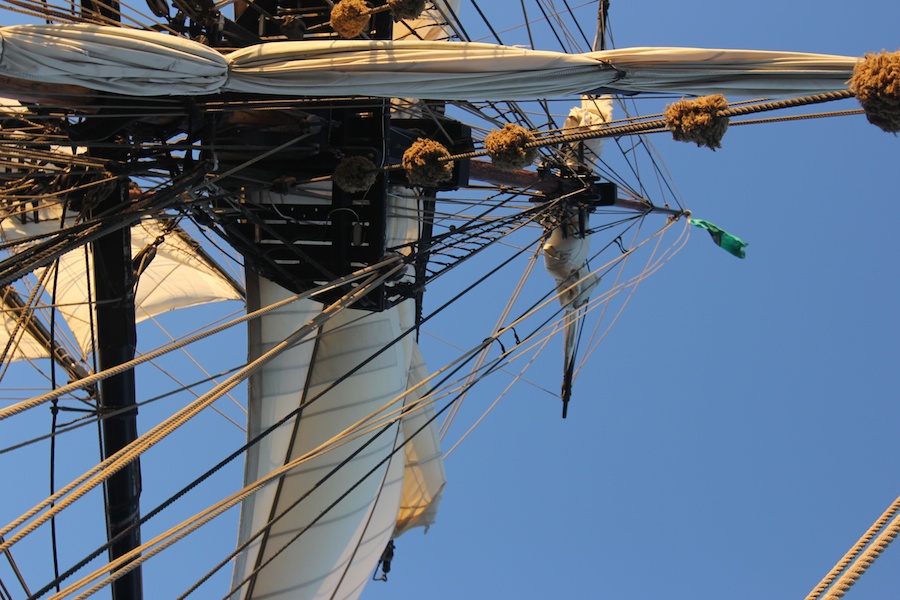
See the green flag... It is the captains wind indicator

Taking in the sails

Hans is flashing again

The camera was busy

Oh oh... Here comes a big one... Shall we fire on it???
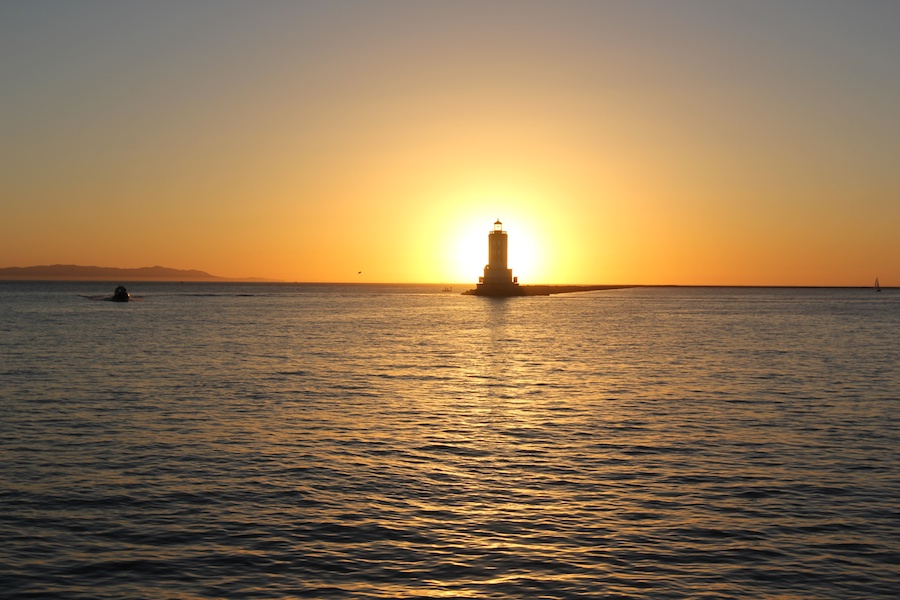
Angels Gate with assistance from the sun!
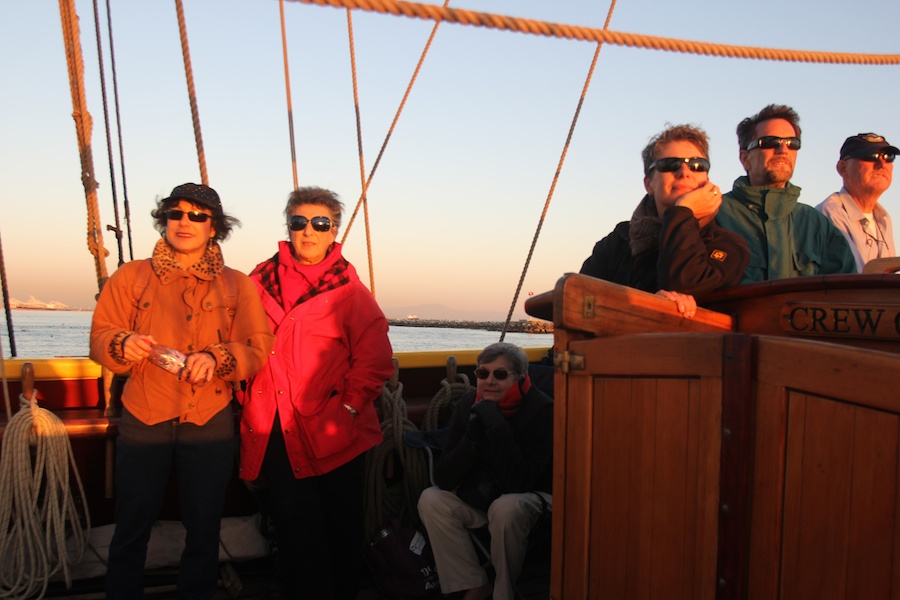
We are coming home

The Princess blocks the sun just for us....
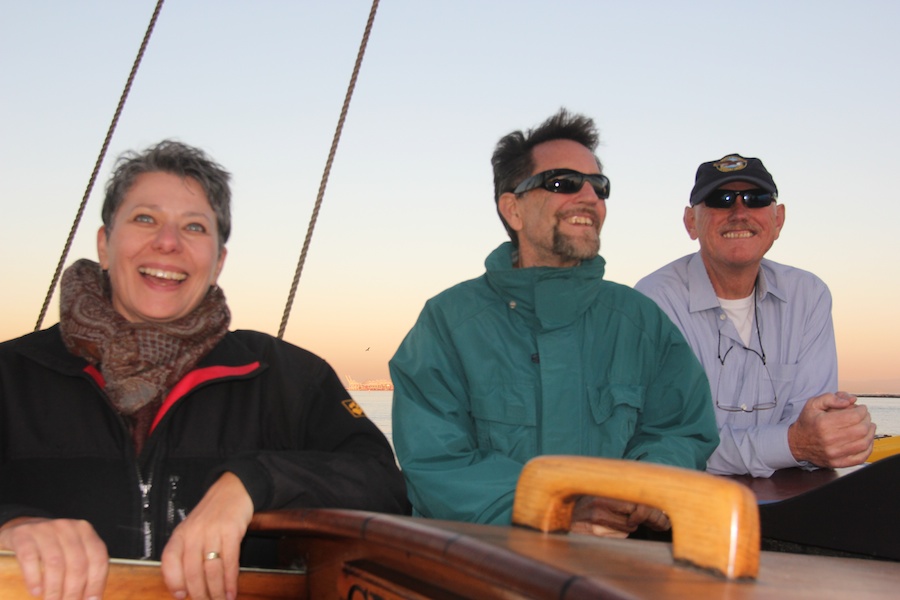
All smiles....

No green flash tonight
Did You Know? - Green flashes and green rays are optical phenomena that occur shortly after sunset or before sunrise, when a green spot is visible, usually for no more than a second or two, above the sun, or it may resemble a green ray shooting up from the sunset point. Green flashes are a group of phenomena stemming from different causes, and some are more common than others.


I give up!
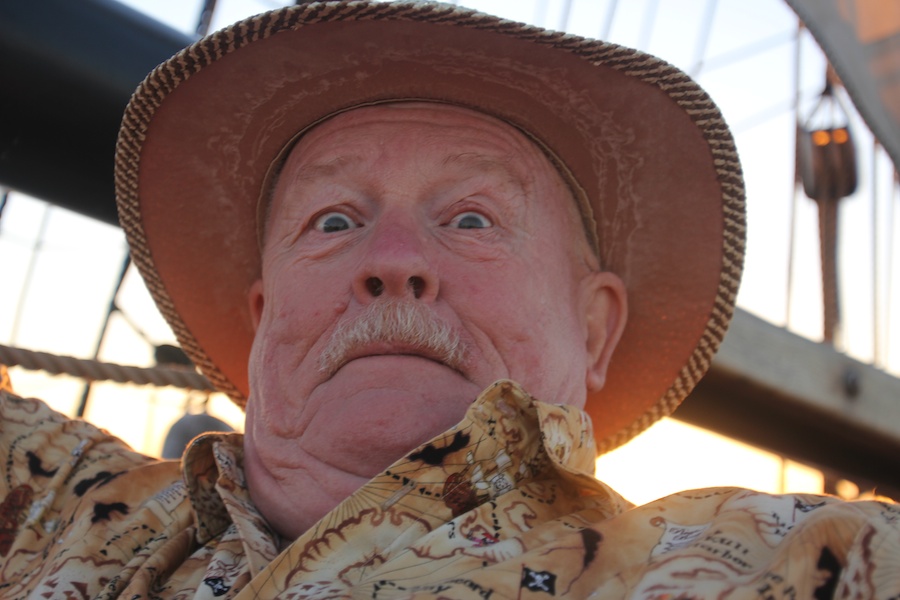
"The Green Flash?"

All wrapped up as the temperature was dropping dramatically
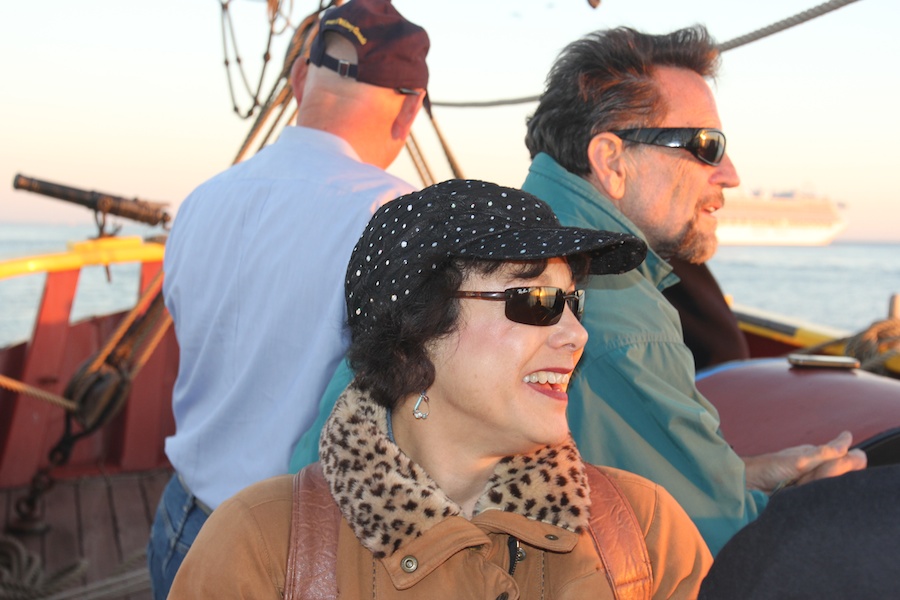
"This was fun!"

The sails have to be put asleep in their little beds
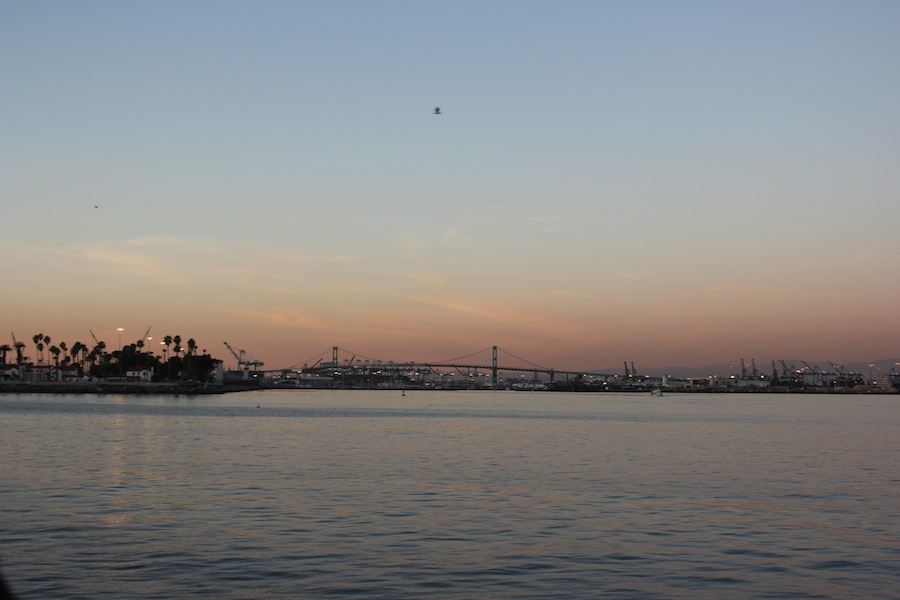
Comming into port
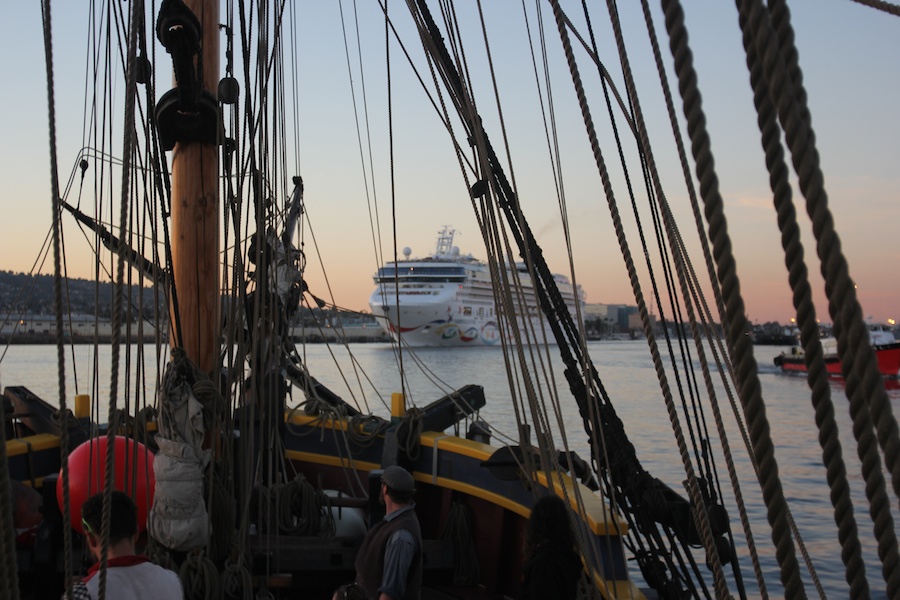
Oh oh... Another cruise liner going out to celebrate the New Year

The Captain says "All A-OK"



"I didn't know they had a galley on board!"
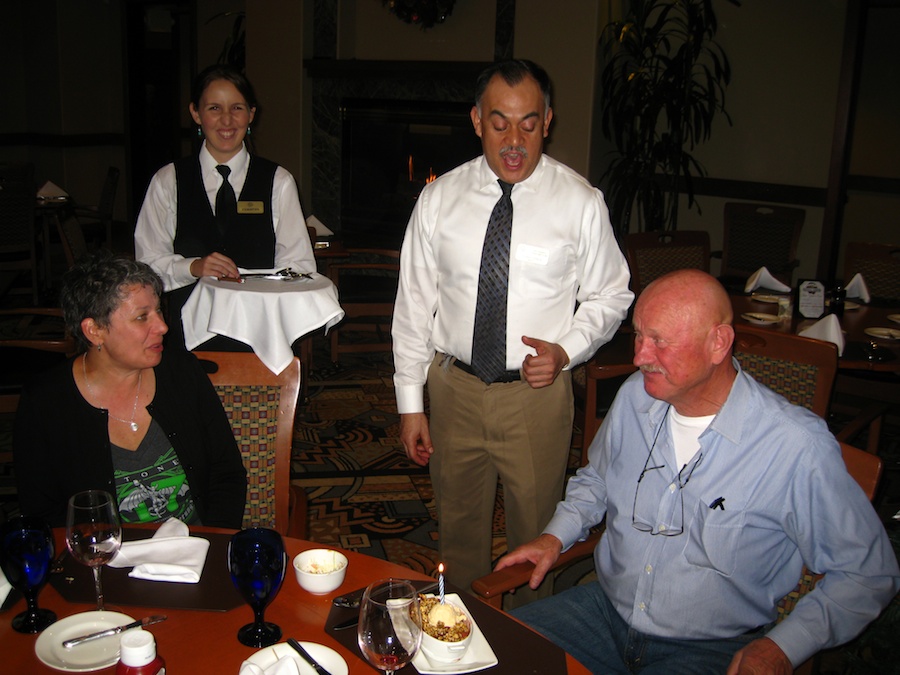
Surprise! We sang Happy Birthday!

Not only did Hans blow out the candle, he devoured the "cake"

Warming up before setting sail for home

Sound: The Theme From Victory At Sea
Victory at Sea is a documentary television series about warfare in general during World War II, and naval warfare in particular, as well as the use of industry in warfare. It was originally broadcast by NBC in the USA in 1952–1953. It was condensed into a film in 1954.
Excerpts from the music soundtrack, by Richard Rodgers and Robert Russell Bennett, were re-recorded and sold as record albums. The original TV broadcasts comprised 26 half-hour segments—Sunday afternoons at 3pm (EST) in most markets—starting October 26, 1952 and ending May 3, 1953. The series, which won an Emmy award in 1954 as "best public affairs program", played an important part in establishing historic "compilation" documentaries as a viable television genre.